F.A.B.! If you grew up watching Gerry and Sylvia Anderson’s marionette science-fiction show, you’ll remember that among the greatest things about it were the futuristic vehicles. In addition to the Thunderbirds machines, there were supersonic airplanes, nuclear-powered ships and spacecraft.
For the uninitiated: the 1960s franchise, set in the 2060s, is about a wealthy family that runs the life-saving International Rescue organization from an island in the South Pacific. Each episode features a disaster, typically involving a futuristic vehicle, to which the Thunderbirds respond with their unique capabilities.
Here is a look at some of the most fabulous vehicles of the week.
Fireflash
Fireflash is a hypersonic, nuclear-powered airliner, capable of ferrying 600 passengers and crew at six times the speed of sound. It contains a comfortable lounge in each of its two main wings. The cockpit is located, unconventionally, in the tail fin, giving the pilots an unobstructed view of the entire aircraft.
The aircraft was twice the subject of sabotage. In “Trapped in the Sky” (1965), The Hood, International Rescue’s nemesis, places a bomb aboard the airliner in order to be able to photograph the Thunderbirds as they attempt to rescue it. By the time of “Operation Crash-Dive” (1965), two Fireflash aircraft have been lost over the Atlantic Ocean. International Rescue investigates.

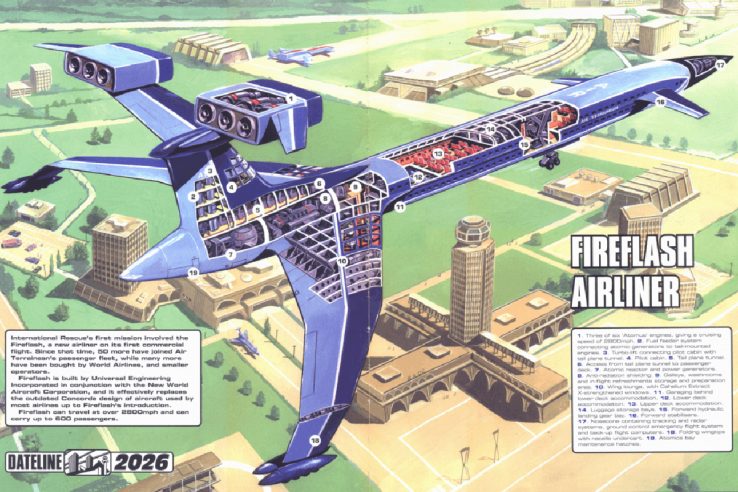
Graham Bleathman drew a cutaway of the airliner, which was first published in Thunderbirds: The Comic 9 (February 8, 1992).
Skythrust


Another supersonic airliner, Skythrust had an extraordinary safety precaution: it could eject its fuel pod in the event of a crash.
However, this created another vulnerability, as shown in “Alias Mr. Hackenbacker” (1966). Low fuel capacity engines meant Skythrust could be forced to land if the pod was ejected mid-air.
Skyskip One



Skyship One was a massive airliner operated by the New World Aircraft Corporation. Cruising at 10,000 feet (3,000 meters), the airship was completely automated. Stopovers were pre-programmed before takeoff. As a result, the airship required only a skeleton crew.
The airship crashed into a radio transmission mast in the movie Thunderbird 6 (1986). After a daring escape by its passengers, Skyship One collapsed onto a missile base.
RTL 2
The RTL 2 is a United States military aircraft. Originally designed to transport missiles, it was adapted for use as a strategic bomber and as a passenger airliner.
In “The Cham-Cham” (1966), three RTL 2s are shot down by unidentified aircraft before International Rescue safely escorts the next flight to its destination.
Wombat
The Wombat is a refueling aircraft operated by the World Air Force. Fighter jets land on top of it, aided by a beam guidance system, and attach themselves to the bigger plane with electromagnetic docking clamps.
It was only seen once, in “The Duchess Assignment” (1966).
Skymaster Helijet


The Skymaster Helijet is used by businesses and individuals around the world, including news organizations. It appeared twice in Thunderbirds: on “30 Minutes After Noon” (1965) and “The Impostors” (1966).
The model was reused in three of Gerry Anderson’s subsequent TV series: Captain Scarlet and the Mysterons (1967-68), Joe 90 (1968-69) and The Secret Service (1969).
USN Sentinel


The Sentinel is the pride of the United States Navy. Nuclear-powered, it is the fastest surface ship on the planet and can remain at sea for eighteen months without maintenance.
In “Terror in New York City” (1965), the Sentinel accidentally shoots down Thunderbird 2, mistaking it for an enemy plane. International Rescue nevertheless requests its help when the Empire State Building collapses and two people are trapped underneath. The Sentinel is the only vehicle that can get Thunderbird 4 to New York in time.
Graham Bleathman drew a cutaway of the ship that was published in the 2012 Thunderbirds Manual (Agents’ Technical Manual).
WNS Atlantic


The WNS Atlantic is the largest ship ever built. Operated by the World Navy, it can carry 150 aircraft and service submarines in its drydock.
The ship features prominently in “Atlantic Inferno”, in which an oil rig catches fire. It makes cameo appearances in “The Imposters” and the movie Thunderbirds Are Go (all released in 1966).
Graham Bleathman’s cutaway was first published in Thunderbirds: The Comic 29 (November 14, 1992).
Sun Probe
The Sun Probe was an attempt to collect particles from around the sun. Powered by an ion drive and a chemical rocket system, the spacecraft was designed to achieve solar orbit in a week.
Disaster struck in the episode “Sun Probe” (1965) when the Sun Probe’s nose detached to collect the particles and the sun’s high radiation levels and electromagnetic pulse caused its retros to fail. Thunderbird 3 was dispatched to save the solarnauts on board.
Zero X


Zero X (short for Zero Altitude Launch Space Exploration Craft) was another solar craft that appeared in the first feature-length Thunderbirds movie, Thunderbirds Are Go (1966).
The first Zero X was sabotaged by The Hood and crashed into the ocean. On the second attempt, International Rescue acted as security. After six weeks in space, Zero X reached Mars, where its crew narrowly escaped an attack by one-eyed Rocket Snakes.
Graham Bleathman drew several cutaways of the Zero X, one of which appeared in the Captain Scarlet Spectrum Agents’ Manual (2017).
Pacific Atlantic Monotrain


The Pacific Atlantic Monotrain is a luxurious and record-breaking monotrain built by Pacific Atlantic Monorail Corporation, connecting the whole of America. In the episode “Brink of Disaster” (1966), the brakes fail and the monotrain nearly crashes off a broken bridge.
Graham Bleathman drew a cutaway of the monotrain for the Thunderbirds Manual.
Anderbad Express


Another rapid-transit monotrain appears in “The Perils of Penelope” (1965). Called the Anderbad Express, it connects Paris with the (fictional) city of Anderbad.
Road Construction Vehicle


The Gray & Houseman Road Construction Vehicle, also known as the Highway Pathfinder, is a huge machine that uses small explosives to clear forests and mountains to build roads. It appeared in the episode “End of the Road” (1965).
Graham Bleathman’s cutaway was first published in Thunderbirds: The Comic 25 (September 19, 1992).
Sidewinder


The weirdest vehicle of Thunderbirds must be the Sidewinder. “It’s like a monster from another planet,” one of the characters in “Pit of Peril” (1965) declares — before the thing tumbles into a hole and International Rescue must fly in to save the crew.
The 2012 Thunderbirds Manual has a cutaway of the Sidewinder by Graham Bleathman.




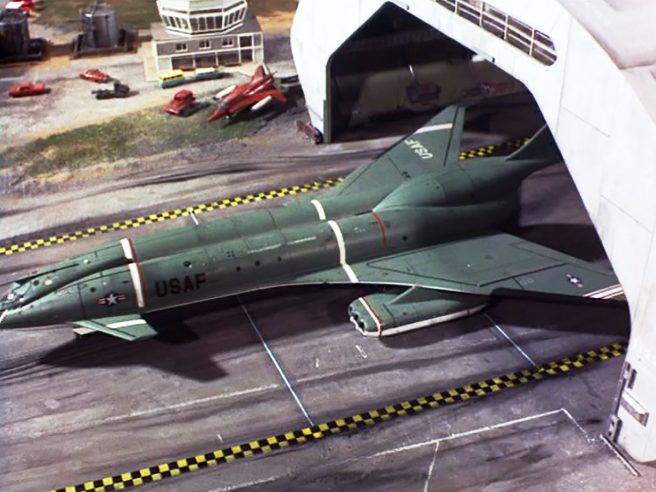
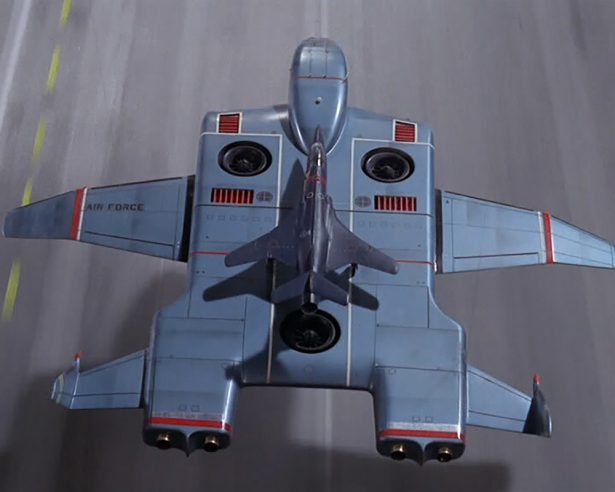
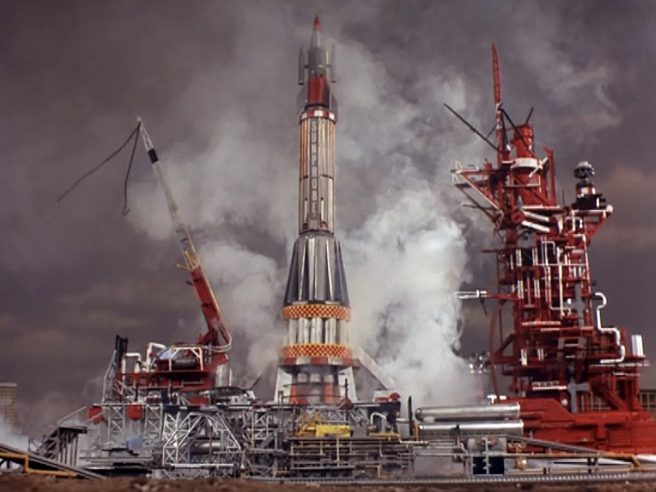
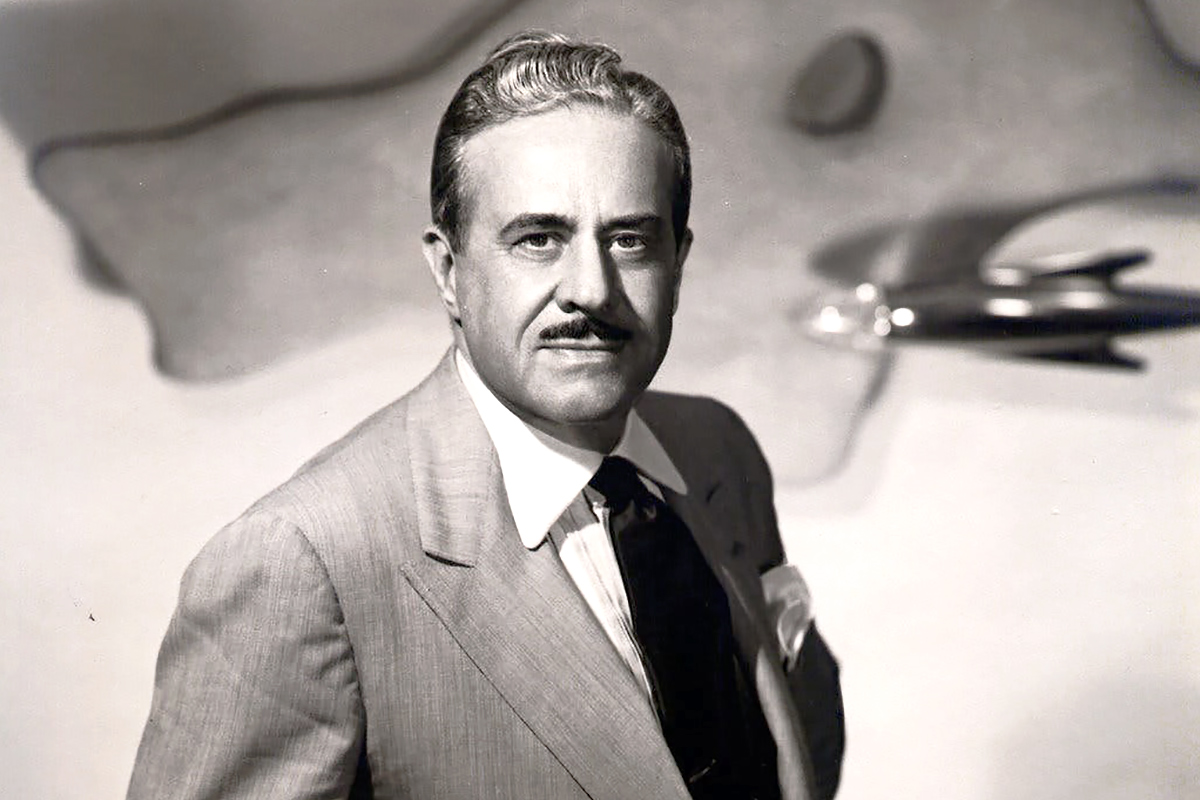
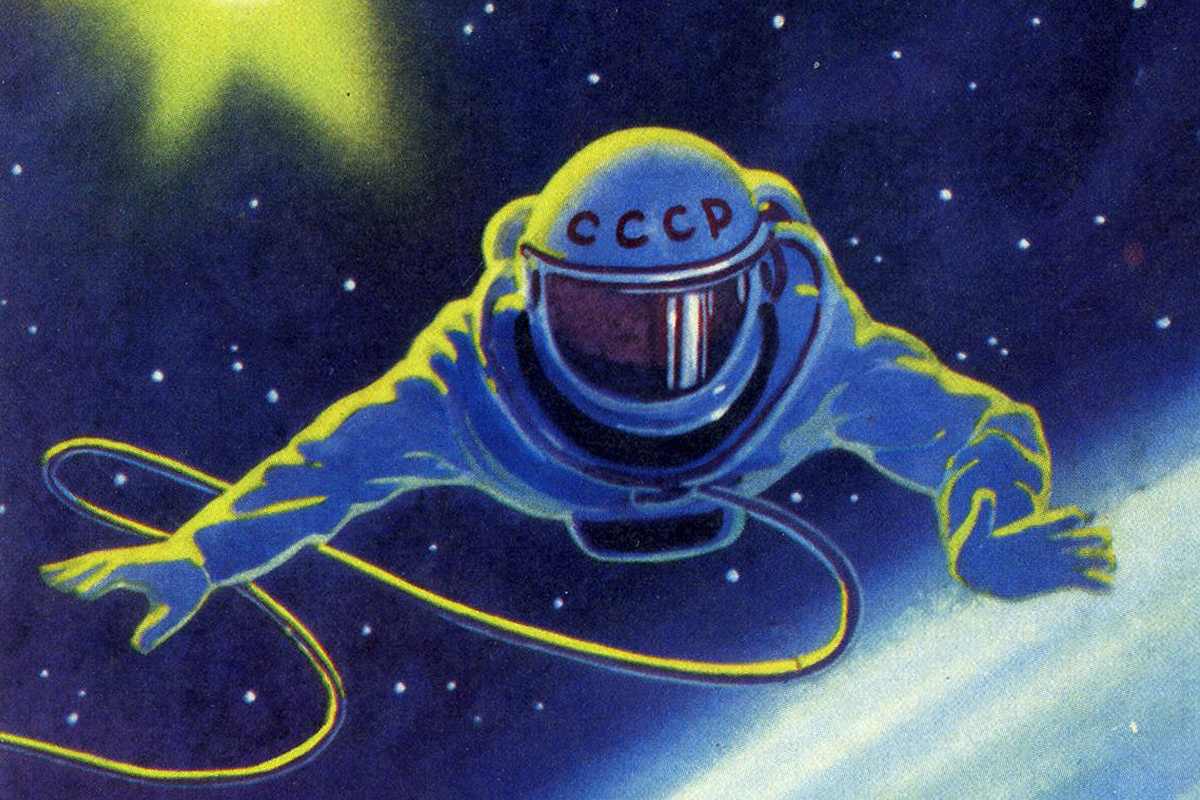

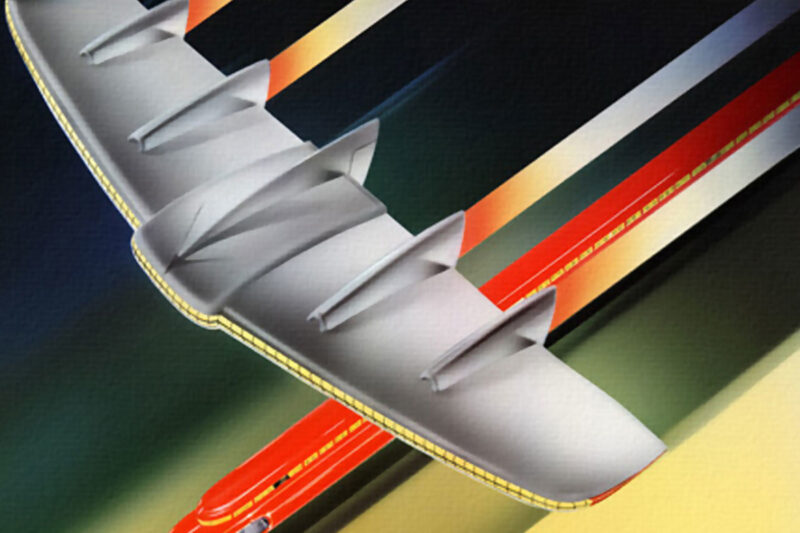
4 Comments
Add YoursWhere is the ‘Crablogger’? How could you be so uncouth as to miss that one
I didn’t think it was fabulous!
AWESOME !!
Nice article!
It led me to your website which I’ve been wandering through.
Neat stuff.
Thank you,